Description
Imperial Historical Movie Experience illustrating Maximilian I who was an Austrian archduke who became emperor of the Second Mexican Empire from 10 April 1864 until his execution by the Mexican Republic on 19 June 1867.
A member of the House of Habsburg-Lorraine, Maximilian was the younger brother of Emperor Franz Joseph I of Austria. Before becoming Emperor of Mexico, he was commander-in-chief of the small Imperial Austrian Navy and briefly the Austrian viceroy of Lombardy–Venetia, but was removed by the emperor. Two years before his dismissal, he briefly met with French emperor Napoleon III in Paris, where he was approached by conservative Mexican monarchists seeking a European royal to rule Mexico.[2] Initially Maximilian was not interested, but following his dismissal as viceroy, the Mexican monarchists’ plan was far more appealing to him.
Since Maximilian was a descendant of Charles V, Holy Roman Emperor, King of Spain when the Spaniards conquered the Aztecs (1519–21) and first brought Mexico into the Spanish Empire, a status it held until the Mexican independence in 1821, Maximilian seemed a perfect candidate for the conservatives’ plans for monarchy in Mexico.
Maximilian was interested in assuming the throne, but only with guarantees of French support. Mexican conservatives did not take sufficient account of Maximilian’s embrace of liberalism, and Maximilian failed to understand he would be viewed as a foreign outsider.[4] When Maximilian was first mentioned as a possible emperor of Mexico, the idea seemed farfetched, but circumstances changed and made it viable. His tenure as emperor was just three years, ending with his execution by firing squad by forces of the Restored Republic on 19 June 1867.
Political conflicts in Mexico in the 1850s between conservative and liberal factions were domestic disputes initially, but the conservatives’ loss on the battlefield to the liberal regime during a three-year civil war (1858–61) meant conservatives sought ways to return to power with outside allies, opening a path for France under Napoleon III to intervene in Mexico and set up a puppet regime with conservative Mexican support. When the liberal government of Mexican President Benito Juárez suspended payment on foreign debts in 1861, there was an opening for European powers to intervene militarily in Mexico. The intention of the French and Mexican conservatives was for regime change to oust the liberals, backed by the power of the French army. Mexican monarchists sought a European head of state and, with the brokering of Napoleon III, Maximilian was invited to establish what would come to be known as the Second Mexican Empire. With a pledge of French military support and at the formal invitation of a Mexican delegation, Maximilian accepted the crown of Mexico on 10 April 1864 following a bogus referendum in Mexico that purportedly showed the Mexican people backed him

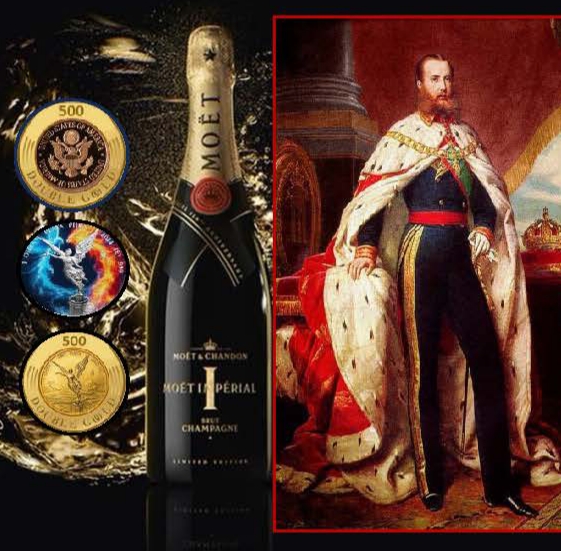
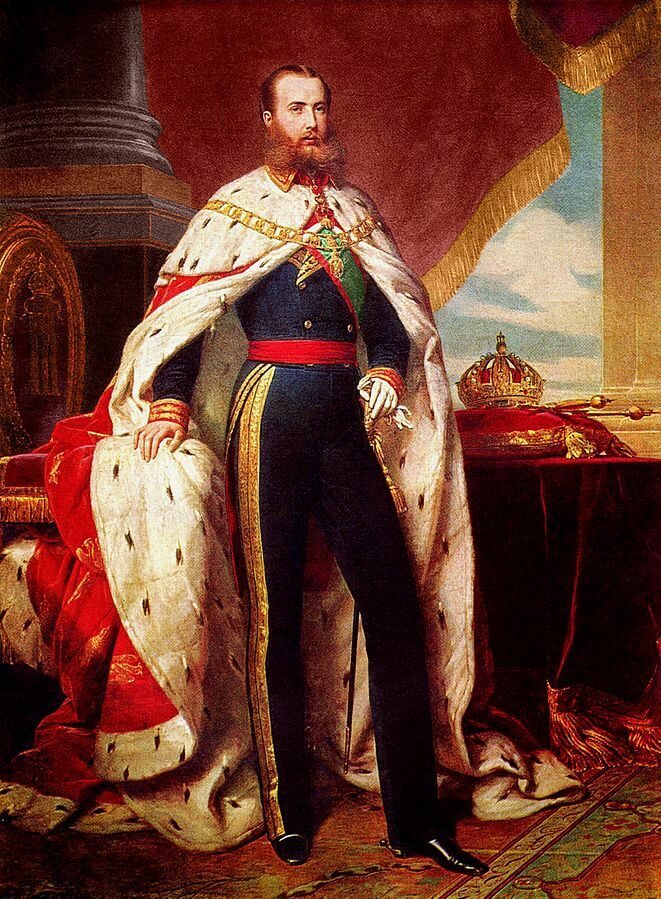
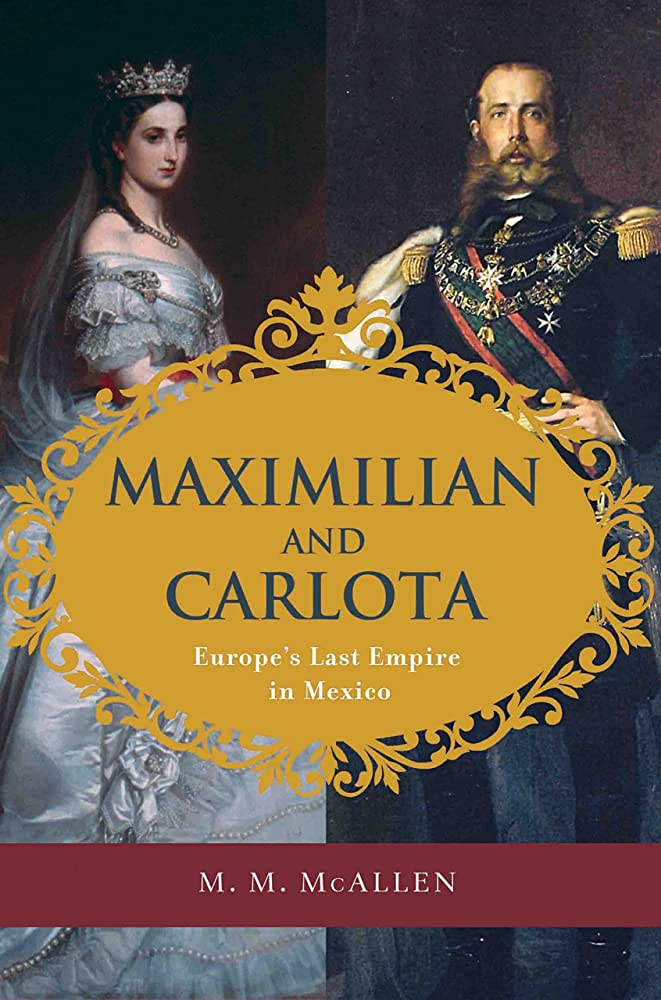
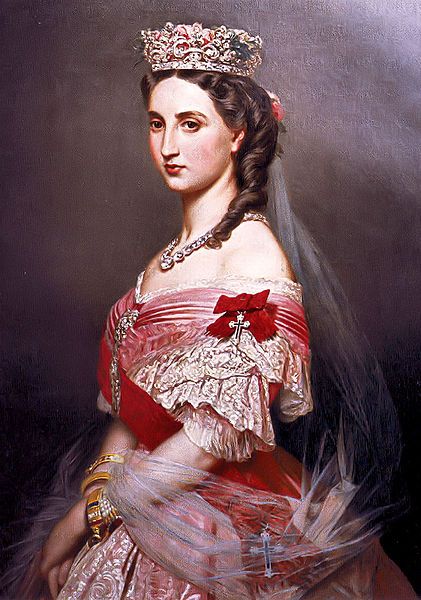
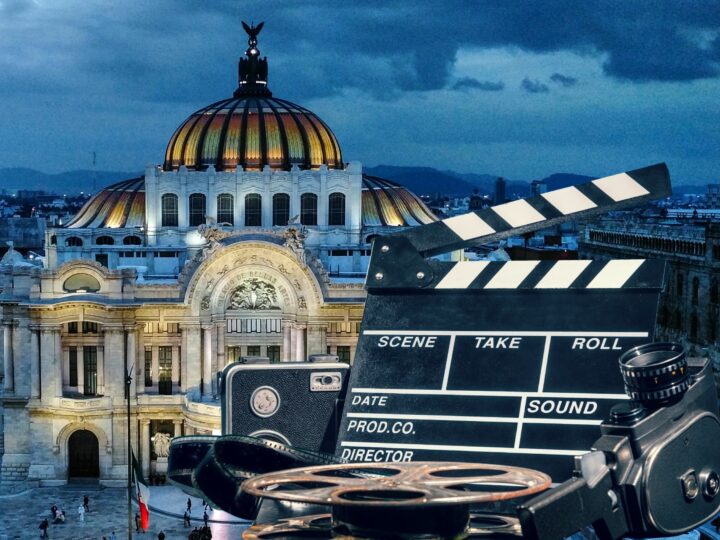
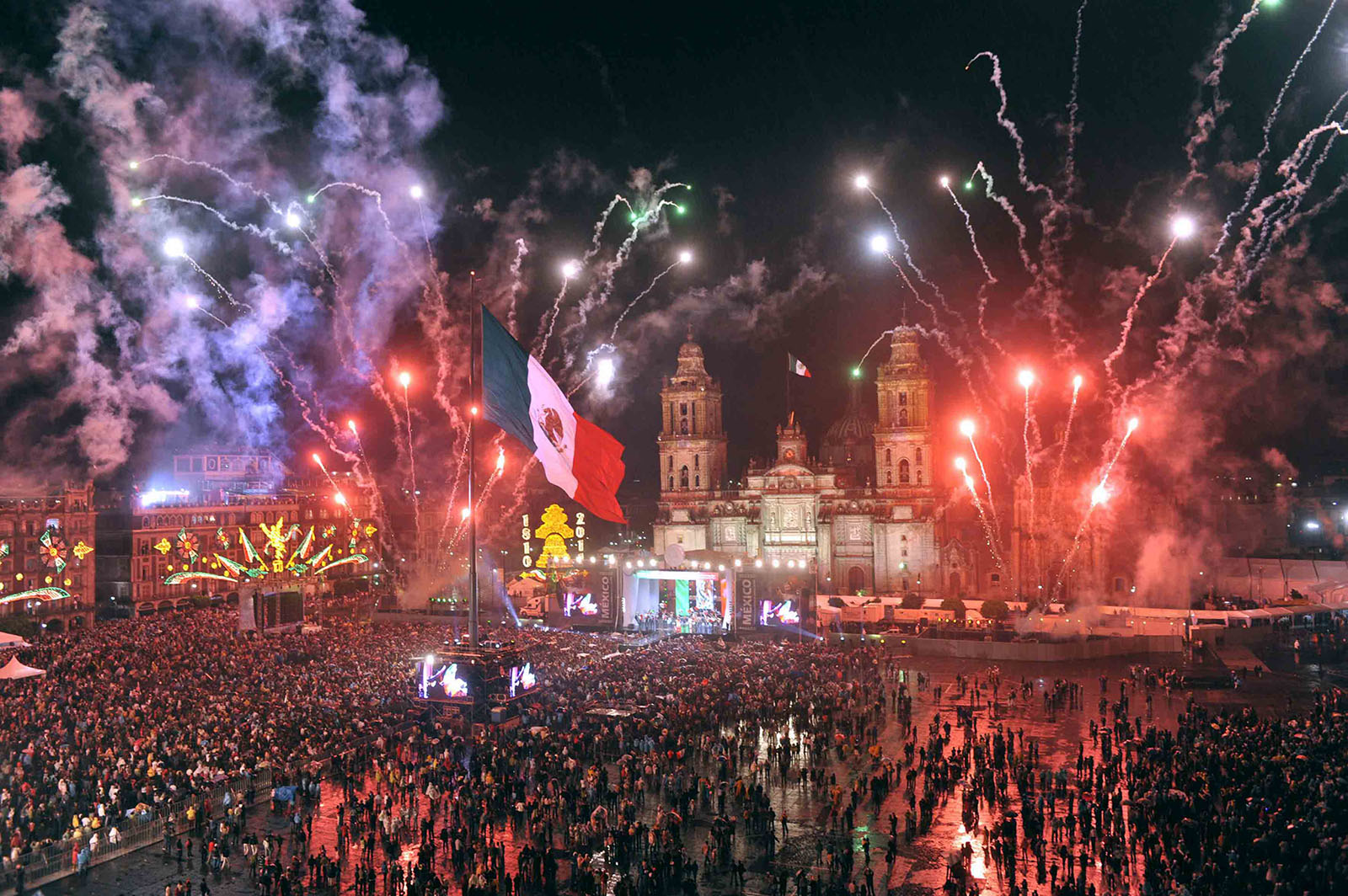

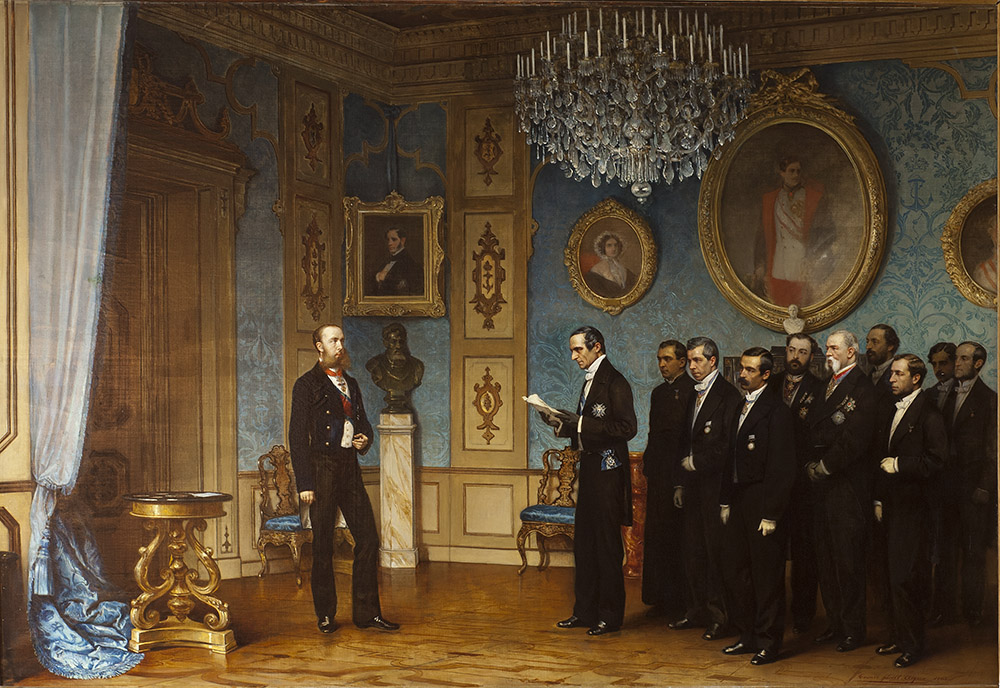
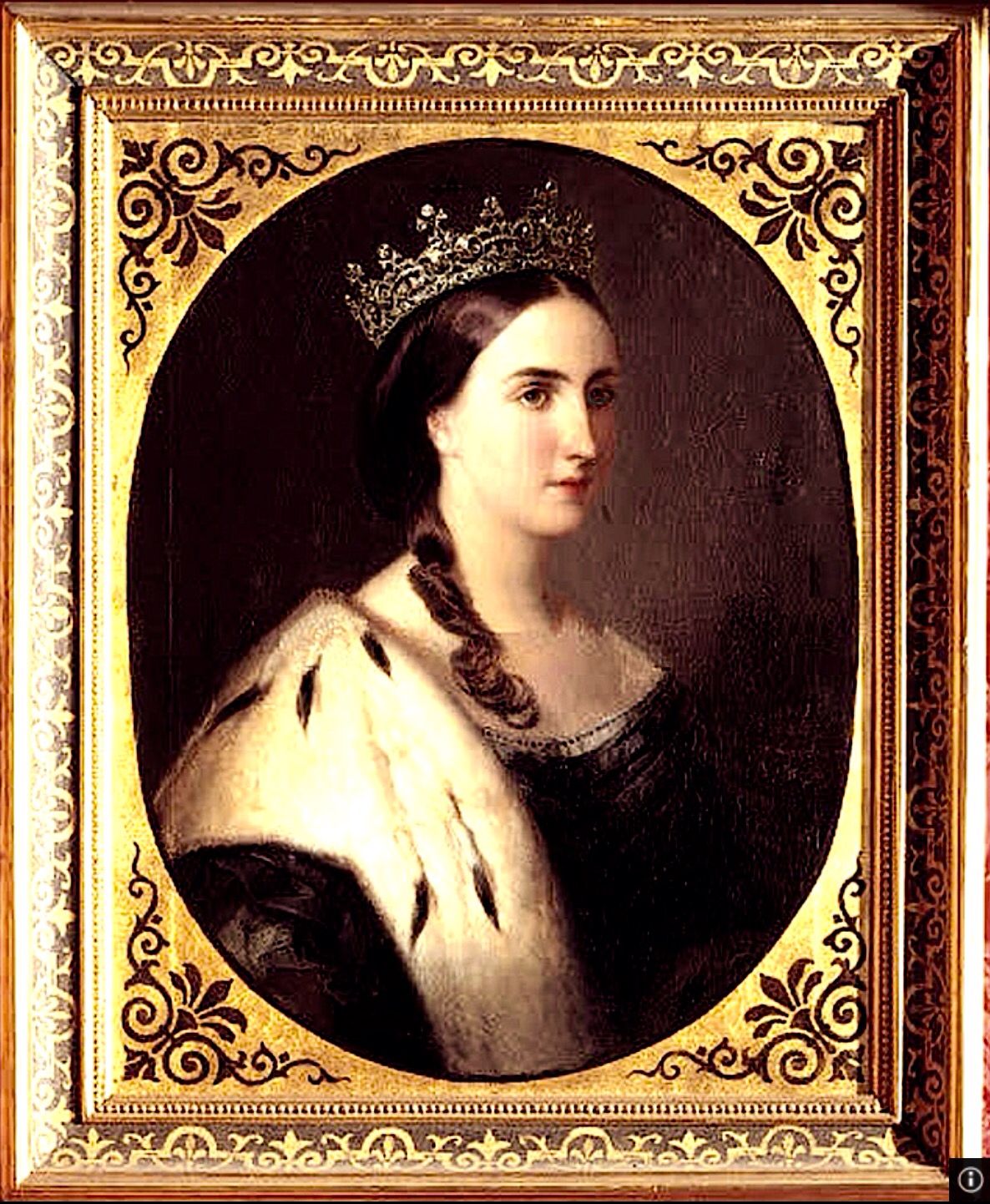

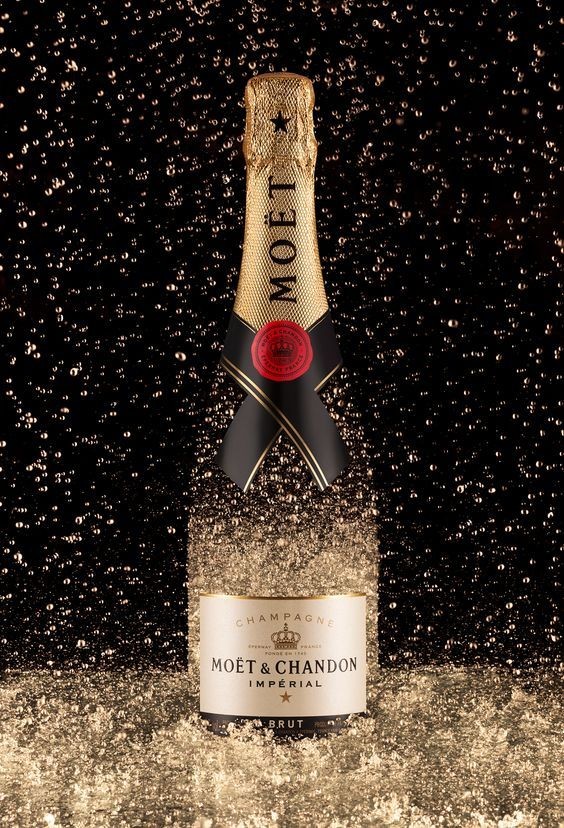



Avis
Il n’y a pas encore d’avis.